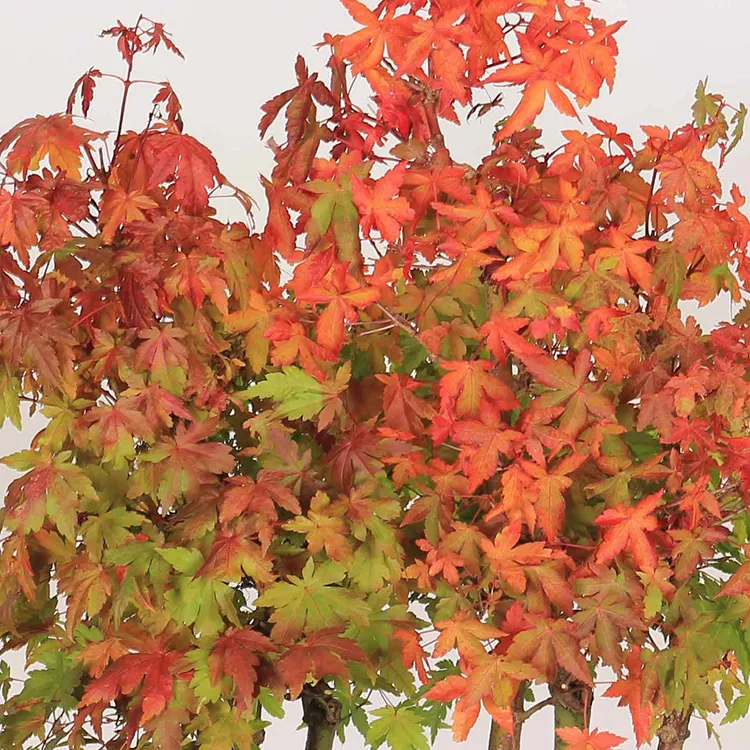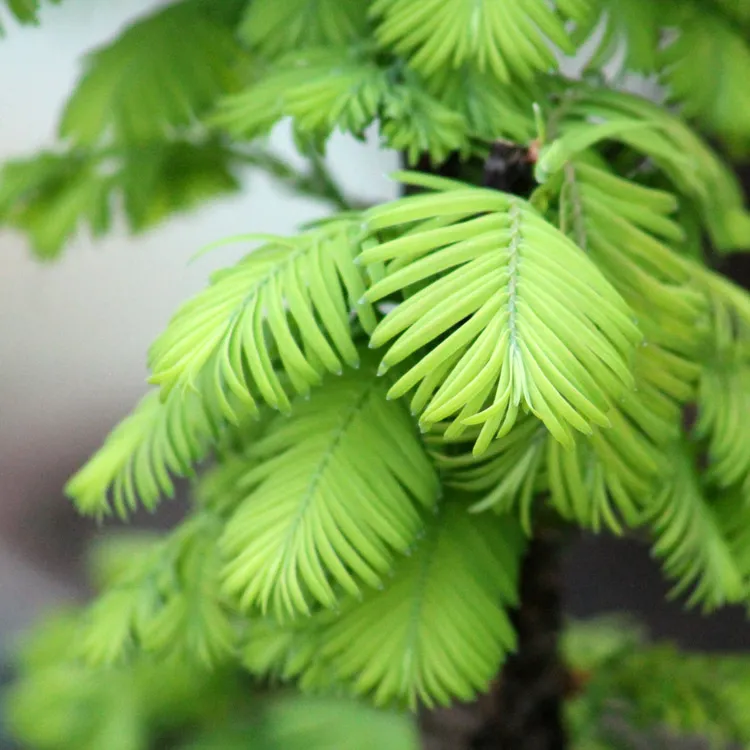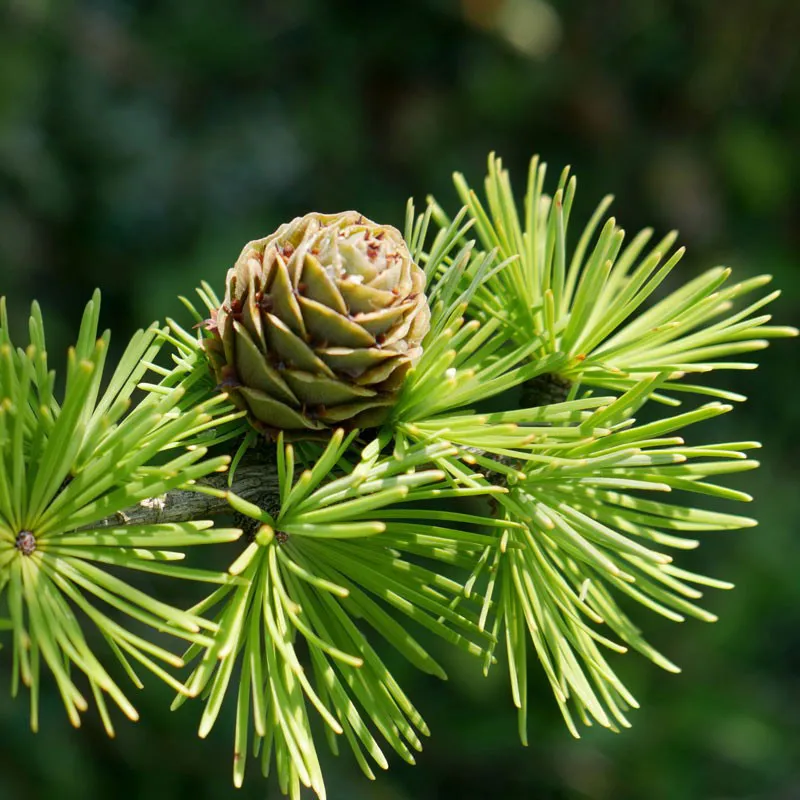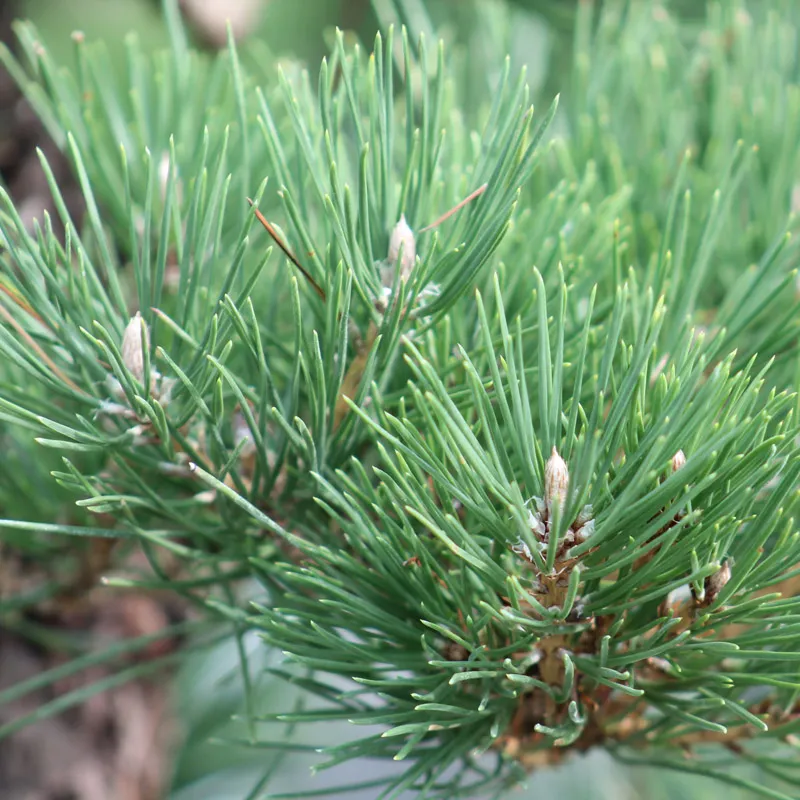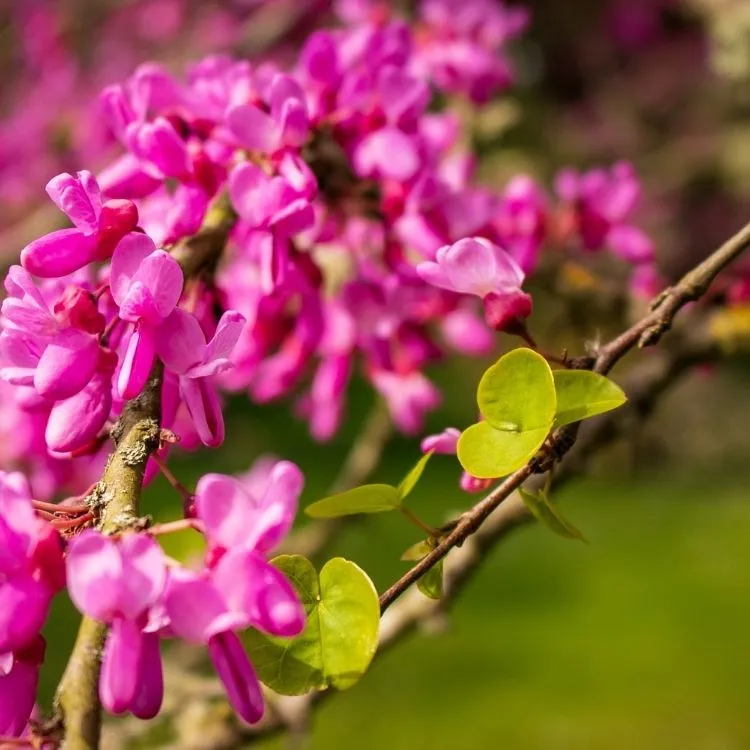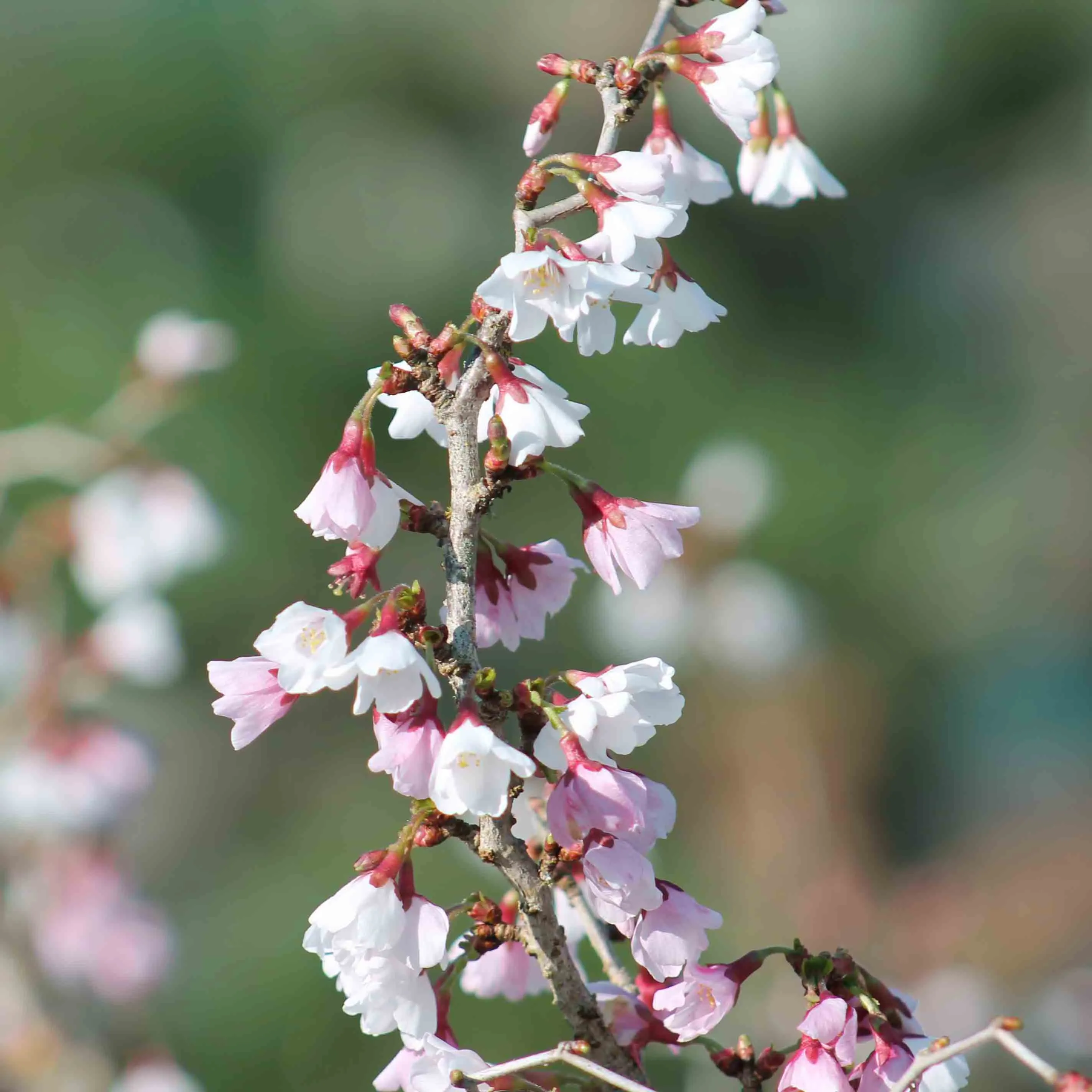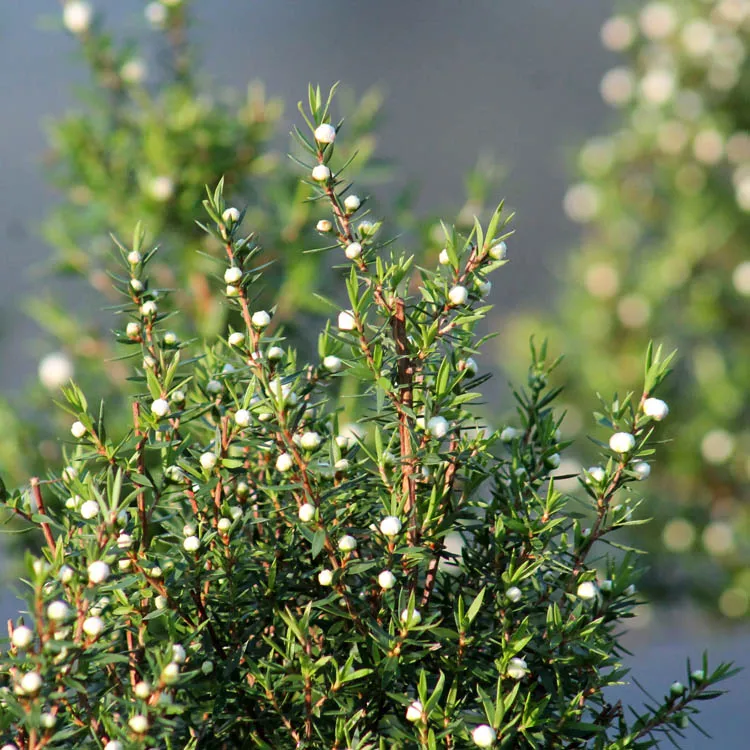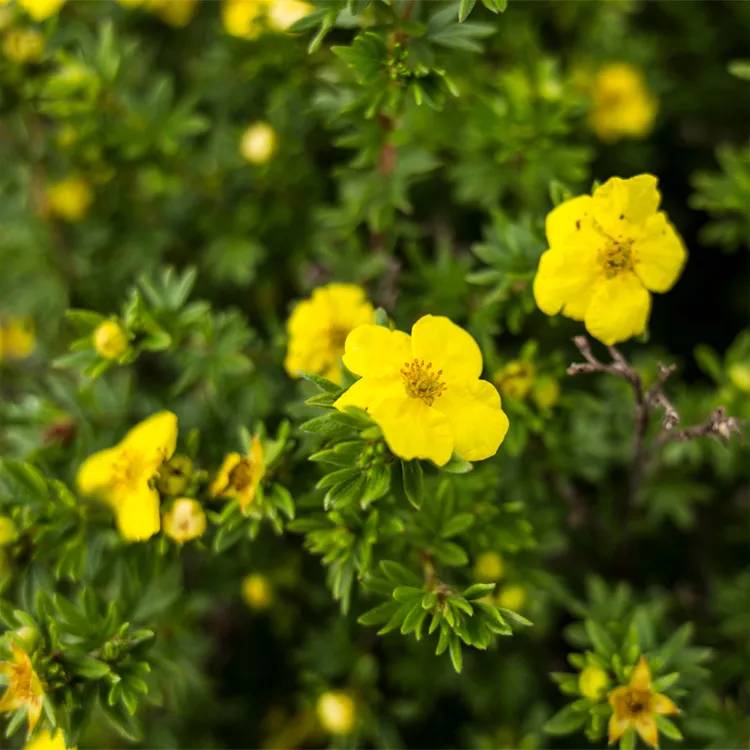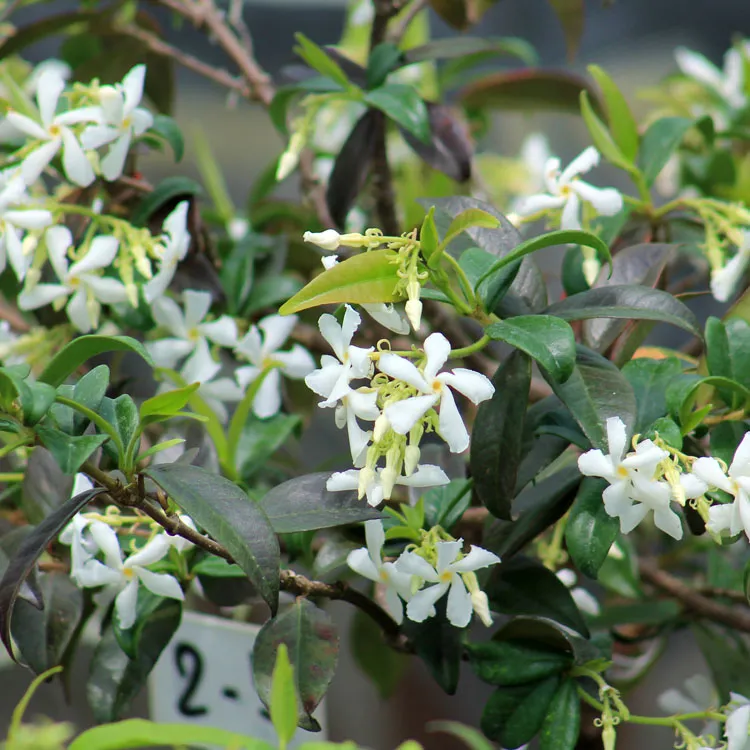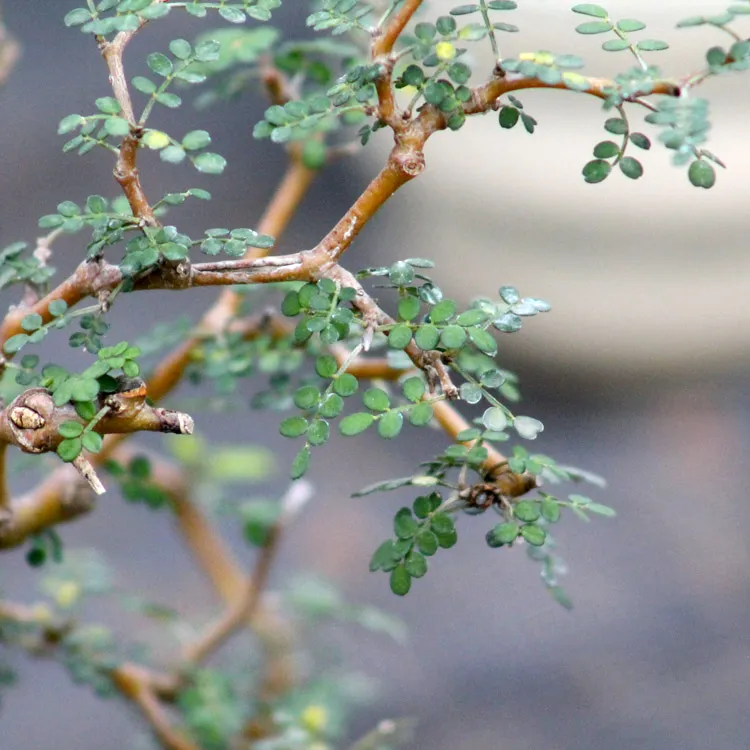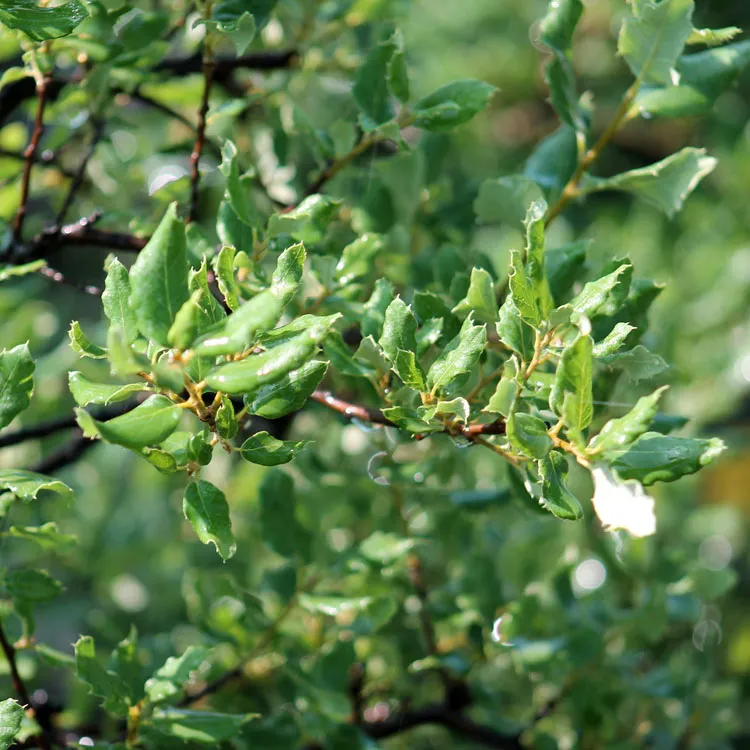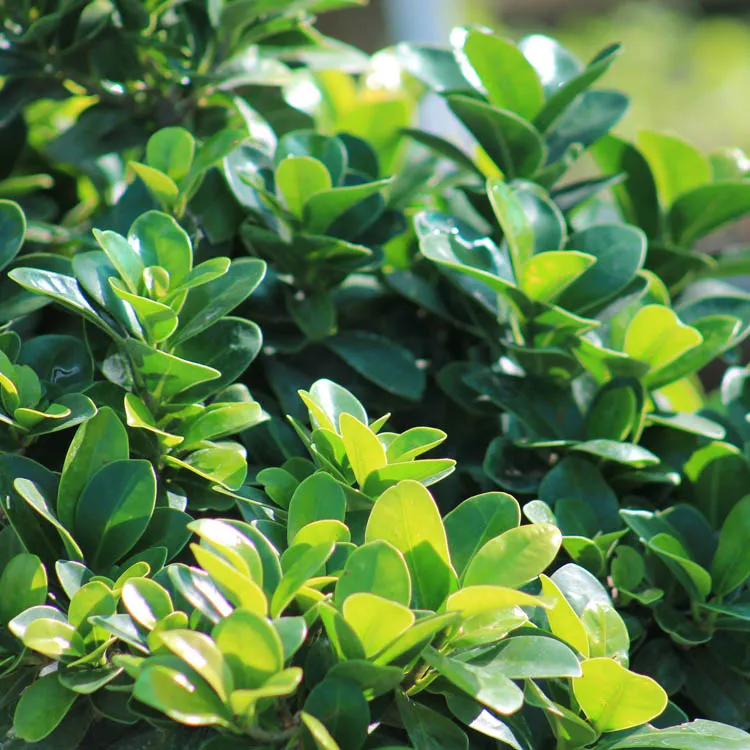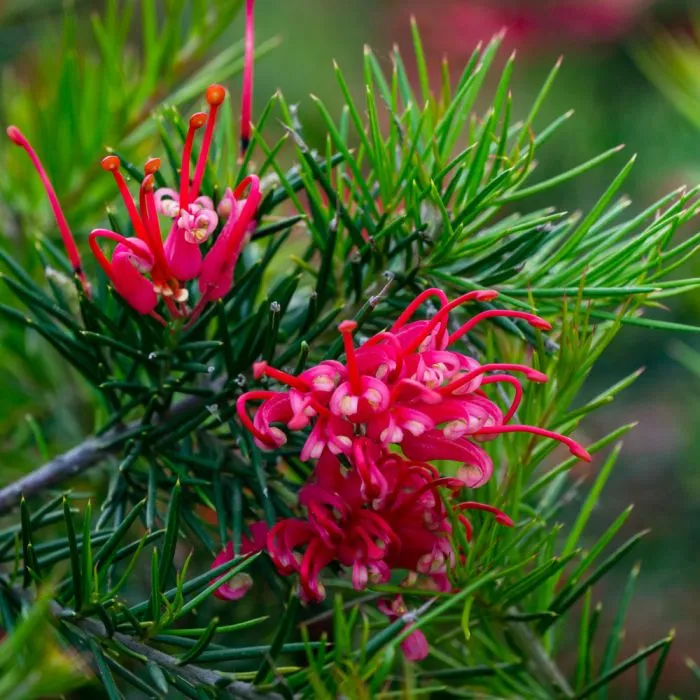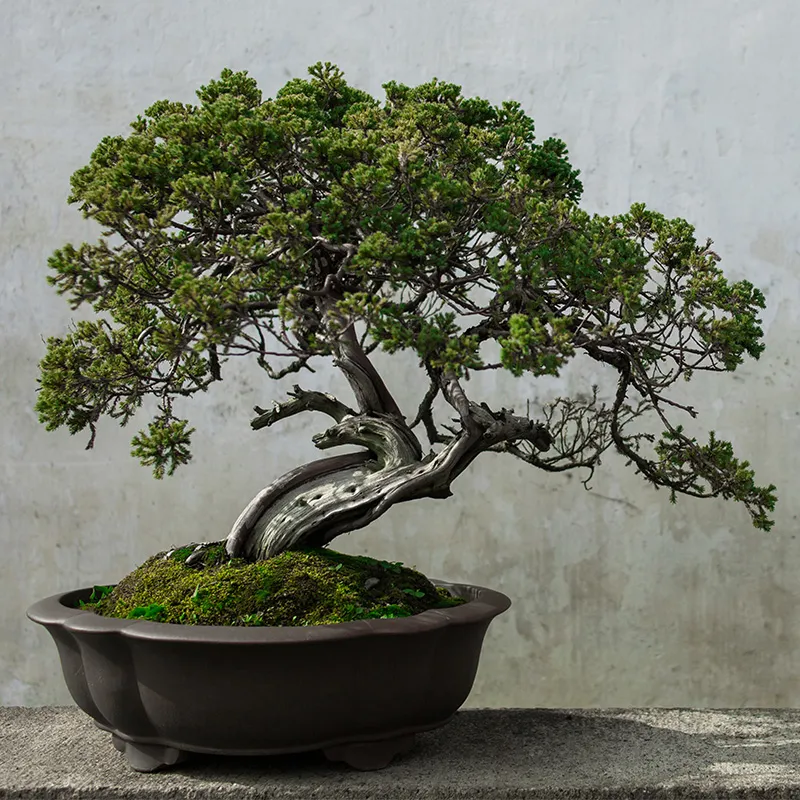Every year in May/June we expect the same spectacle: the azaleas are adorned with their most beautiful blooms. It's a magical moment, a sight for the eyes. A brief moment that reminds us that the most beautiful things are also the most ephemeral.
Azaleas are a special species in bonsai. They are also called Satsuki, which means 5th (Sa) moon (Tsuki) because they bloom in the fifth month of the Asian lunar calendar. Originally, it is a plant that grows in the mountains and has only been of interest in bonsai since the 60s. A few nurserymen who traveled the Tokaido route (between Tokyo and Kyoto, passing through Mount Fuji) saw the sides of some mountains covered with flowers every year.
So they came up with the idea of taking some of them, initially out of interest. Soon, customers wanted to buy them, so new ones had to be taken. This is how the success of azaleas began and never ended.
Some exhibitions in Japan are entirely dedicated to him, as there are so many different varieties. Thereare hundreds of them, which are distinguished by the colour of their flowers (white, pink, red, orange and even bicoloured), as well as the shape of the flowers (single, double, etc.).
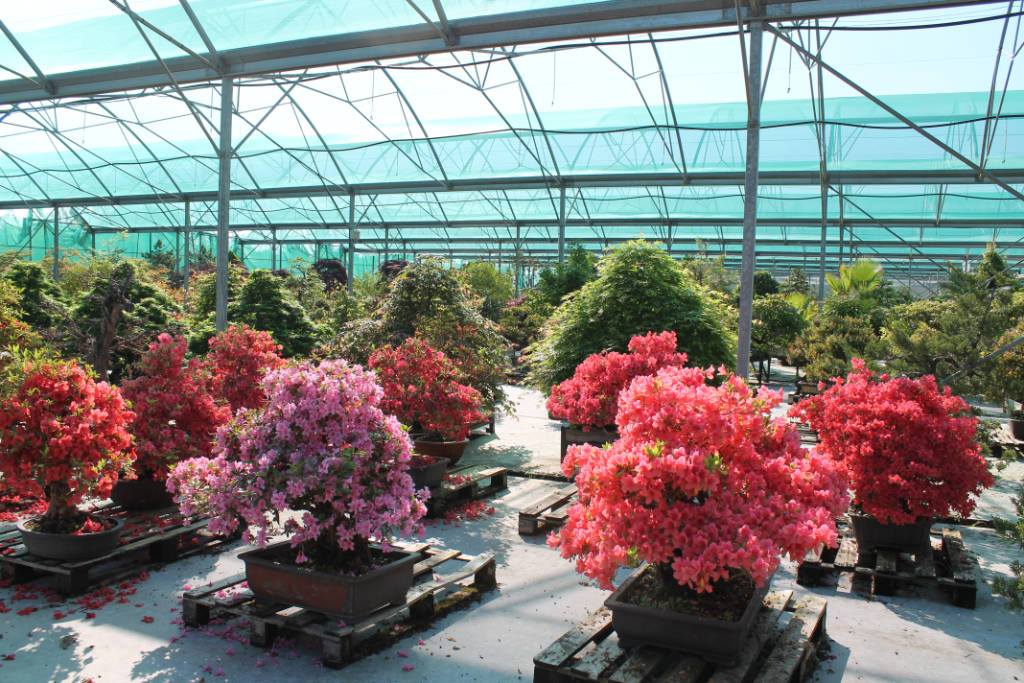
How do you grow an azalea?
The most important thing to know is that azaleas love acidic soils. They are often grown in a special substrate called Kanuma, named after the eponymous city. It is a soil with a natural pH of around 5, it also ensures good drainage as well as good water retention. This is because azaleas don't like to be thirsty and also hate having their roots soaked in water.
You can also use a classic substrate, which is what we do at the nursery. But you should definitely avoid using tap water for watering. Indeed, limescale will increase the pH, and azaleas detect this! If you have a well or a spring, a rainwater cistern, it's perfect!
Repotting can be done before or after flowering. Both are possible, but if you live in a warm area, repotting before flowering is best, especially if you need to cut a few more roots than usual. This will allow the azalea to better withstand the heat of June.
Once flowering is over, you need to remove all the flowers, and especially the pistil that is in the center. If you leave it, it can develop into a small fruit which will weaken your azalea. It is better to channel vigor into the shoot than into the formation of the fruit.
Also take the opportunity to make a size. This must be done after flowering, otherwise it will be compromised.
Azaleas have thin roots that don't tolerate too much frost. Slightly negative temperatures will not cause any damage, but below -3°C it is advisable to put them in a cold greenhouse and sheltered from cold winds.
Bonsai azaleas are not complicated to grow, and it is a species that we recommend for both beginners and experienced amateurs. If you're looking for a flowering bonsai, then the azalea is for you. We have a lot of them at the nursery, so check out our catalog!


 Production of French Bonsai
Production of French Bonsai


